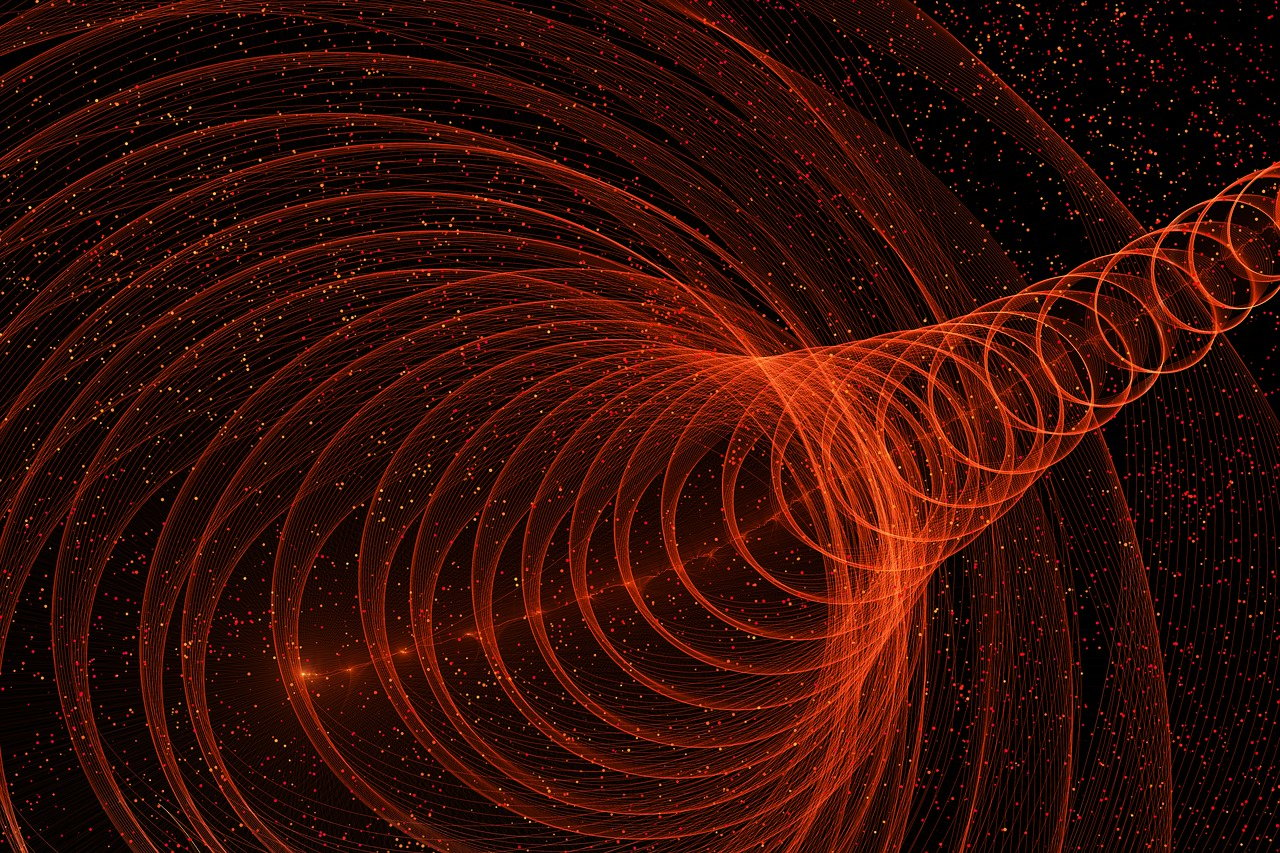The Unseen Wave: Quantum Resilience in a Pre-Quantum World
The Unseen Wave: Quantum Resilience in a Pre-Quantum World
Amidst the fast-moving current of technological progress, a weak signal has emerged, suggesting a forthcoming wave that may soon hit the shores of our digital security landscape: the quantum computing threat to encryption. While the full force of quantum computing remains on the horizon, strategic actions today could prefigure a resilient future for global encryption standards.
15 February 2024
BACK TO BLOGS

Introduction
The rapid advancement of quantum computing technology carries with it potent force capable of disrupting present-day encryption practices. Although the quantum era is still emerging, signs of its approach already forecast significant implications for industries and government entities reliant on current cybersecurity measures. This trend alert aims to shed light on the novel challenges and strategic openings in the face of quantum developments, asserting the urgency for proactive countermeasures.
What's Changing?
The cryptography that safeguards digital communication is based on complex mathematical problems, which are currently infeasible for classical computers to solve efficiently. However, with quantum computing's potential to perform calculations at unprecedented speeds, these protective barriers may soon become obsolete. Transit challenges akin to those faced by the LNG industry illustrate the ripple effect of a single point of failure: as encryption becomes vulnerable, the entire digital infrastructure could see a domino effect of security risks. Additionally, the amplification of clean energy investment, as seen in the Global South initiatives, points to an increased need for secure transmissions in the energy sector. This hints at a cross-sector ripple ready to revolutionize digital security measures before quantum capabilities become mainstream.
Why is this Important?
The quantum threat to encryption matters since it places a countdown on the lifespan of current cybersecurity. For instance, financial institutions, guarding assets with encryption algorithms that quantum computing could unravel, are at risk. Similarly, the safeguarding of sensitive data across industries, highlighted by ESG inclination toward secure, socially responsible practices, attests to the foundational role of cryptography in upholding trust and compliance, as noted in recent reports by WTW.
Implications
The strategic implications of this trend are vast and diverse:
-
Businesses must re-evaluate their long-term digital security strategies in light of potential quantum decryption.
-
Investment in quantum-resistant cryptography becomes imperative to securing future transactions and communications.
-
Governments and regulatory bodies will need to establish new standards for post-quantum cryptography to ensure national security and protect critical infrastructure.
-
An opportunity for innovation opens in developing new encryption methods, advancing sectors like semiconductors, seen in Canon’s technology.
Thus, planning for transition now, even as quantum computing remains nascent, signals not only foresighted governance but also market leadership potential for early adopters.
Questions
In preparation for the quantum era, strategic planners should consider the following questions:
-
How can organizations audit their current cryptographic infrastructure for quantum vulnerability?
-
What collaborative initiatives could accelerate the development and standardization of quantum-secure encryption models?
-
In what ways can industries leverage their partnerships with technology firms to pilot quantum-resilient solutions?
-
How can proactive communication help in reassuring stakeholders and customers about preparedness for the quantum shift?
Summary
The discernible footprint of quantum computing's impact on encryption is the catalyst prompting immediate strategic readiness. By anchoring defenses in quantum-resilient encryption ahead of widespread quantum applicability, businesses and governments can navigate the uncertain waters of digital security with renewed confidence. The future dictates a rewrite of the cryptographic rulebook, and the time to pen the first chapters is now.
Bibliography
Referenced Articles:
Image by Gerd Altmann from Pixabay
